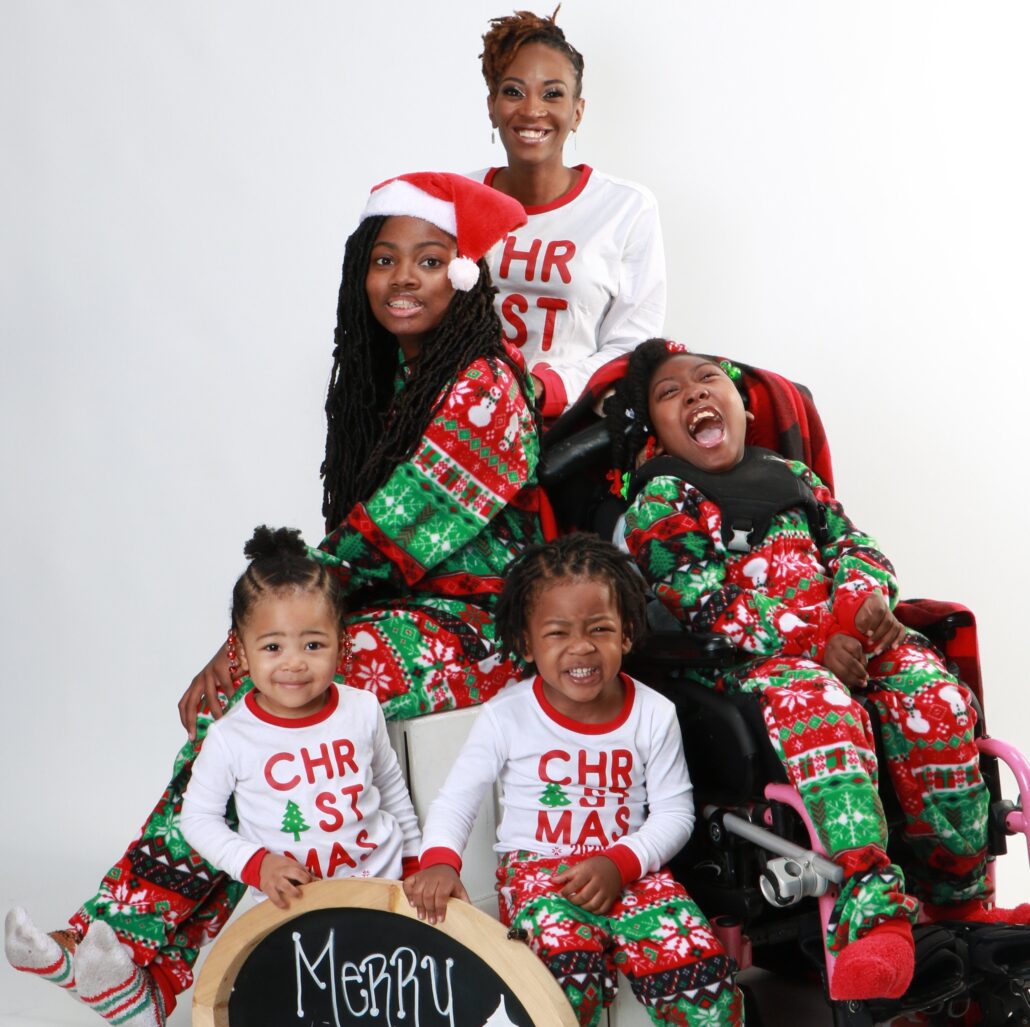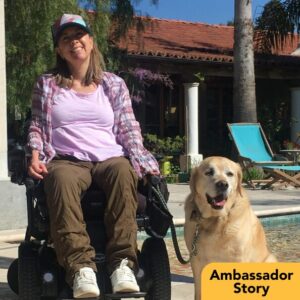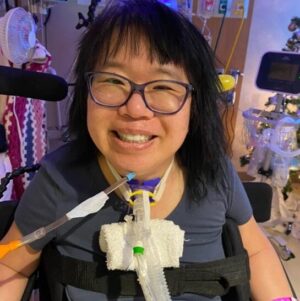Sierra Dillard is the mom and caregiver of 11-year-old Zoë Sparks, who is living with cerebral palsy and multiple other mobility-impacting diagnoses. We asked Sierra about her daily routine with Zoë, how mobility impacts their present and future, and how community support can change their lives.

Zoë was diagnosed at birth. As a mom, how did you prepare to support Zoë?
When she was first diagnosed, I knew very little about cerebral palsy. So, I began to research it and her other diagnoses to determine all the ways I could support her.
We attended lots of different specialty appointments and connected with early intervention support to begin therapies as soon as possible.

How is Zoë’s day-to-day mobility impacted by her diagnoses?
Her mobility is extremely limited. Even though she tries really hard, her body lacks the capability to control the muscles required to perform small and large movements—like holding her own head up, crawling, walking, running, jumping, or even picking up and holding toys.

What is a typical day in your life with Zoë?
We start with morning medications and a breathing treatment at 5 a.m. that includes physical therapy with her chest, using a nebulizer, cough assist treatment, and suctioning treatment.
Next, I bathe Zoë in a specialty bath chair. I get her dressed and put on her hand splints and mobility support devices. I begin her feeding for the day with a feeding pump.
While she enjoys her favorite morning shows, I begin breakfast and get my other kids ready for their school days as well. Once everyone is ready, I begin school drop-offs.

Zoë loves school and interacting with other students. Because she needs assistance with tasks and medical support throughout the day, a dedicated nurse and aide attends class with her.
After her school day, Zoë attends daily therapy—physical, occupational, speech, technology and communication, or feeding therapy depending on the day.

After therapy, we pick up her siblings from school and head home. Zoë spends some time in her stander while I make dinner and her siblings complete their homework. During dinner, we like to watch a family favorite on TV and just enjoy each other’s company.
I bathe my little ones and we all enjoy a bedtime story. Zoë receives her evening breathing treatments and medications, and then we rest.

How do Zoë’s therapies impact her present and future wellness?
Physical therapy is imperative for Zoë to help with normal daily activities and decrease her pain and discomfort. It can also improve movement over time.
Occupational therapy helps Zoë learn to use her hands and support trunk control.
Feeding therapy helps Zoë to swallow safely and open her mouth so that we can brush her teeth.
Speech therapy is wonderful because it teaches Zoë ways to activate her voice and use her mouth. OT-Tech is a combination therapy in which she works with an OT to support her positioning while a specialty speech therapist helps her to use a communication device. This will give her the capacity to communicate with others despite being nonverbal.
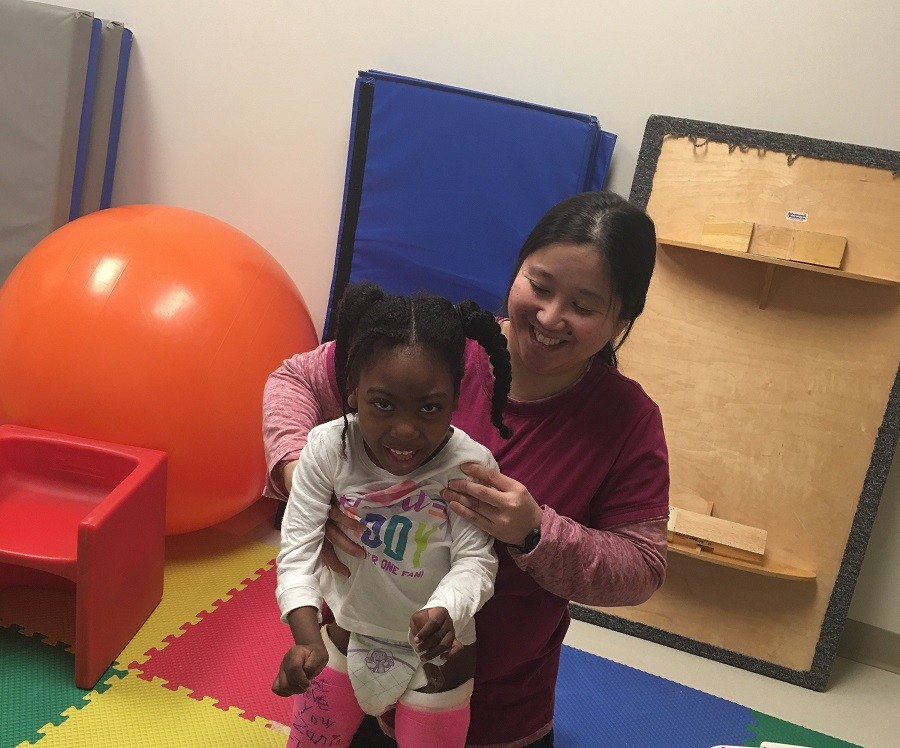
Where do you see room for hope and growth in Zoë’s future?
Encouraging greater mobility and independence is a major goal for me and Zoë as she grows. It’s so important to me that Zoë feels supported and empowered to move on her own and be as independent as possible within her abilities.
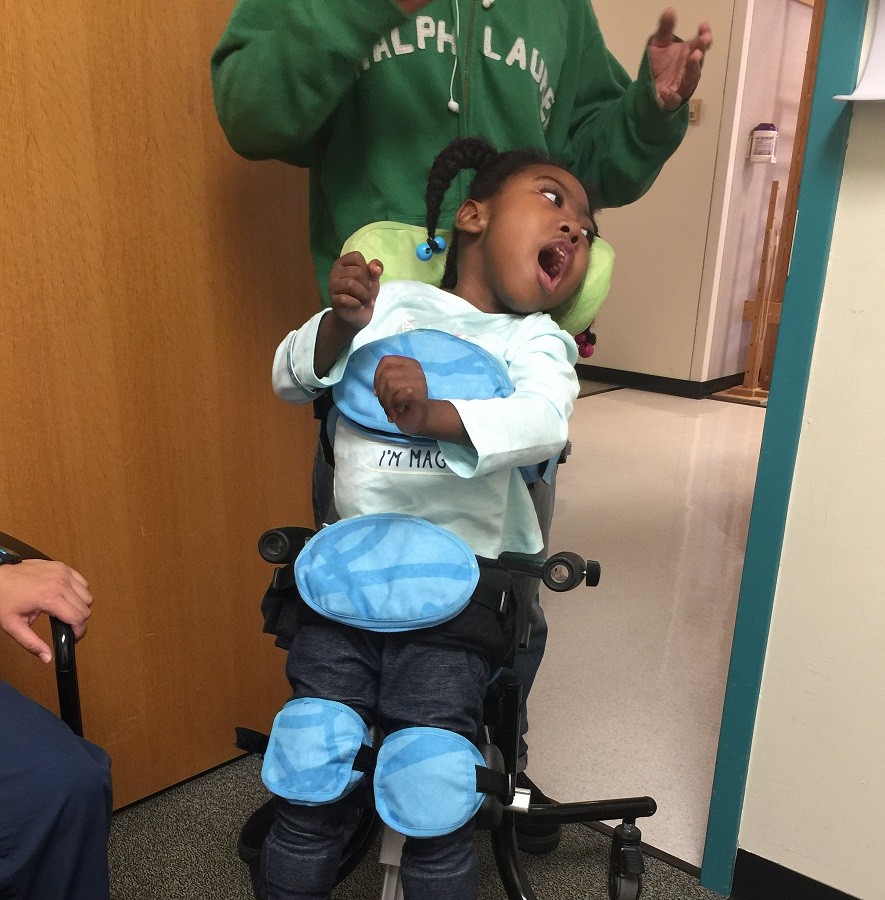
I love how excited Zoë gets when she is able to complete something—especially when she is able to participate with little assistance. We are always looking for ways to nurture that independence as much as possible.
With considerable therapy, assistive technology, and adaptive equipment, it’s possible that in the future, Zoë will be able to hold her own head up and even take steps.
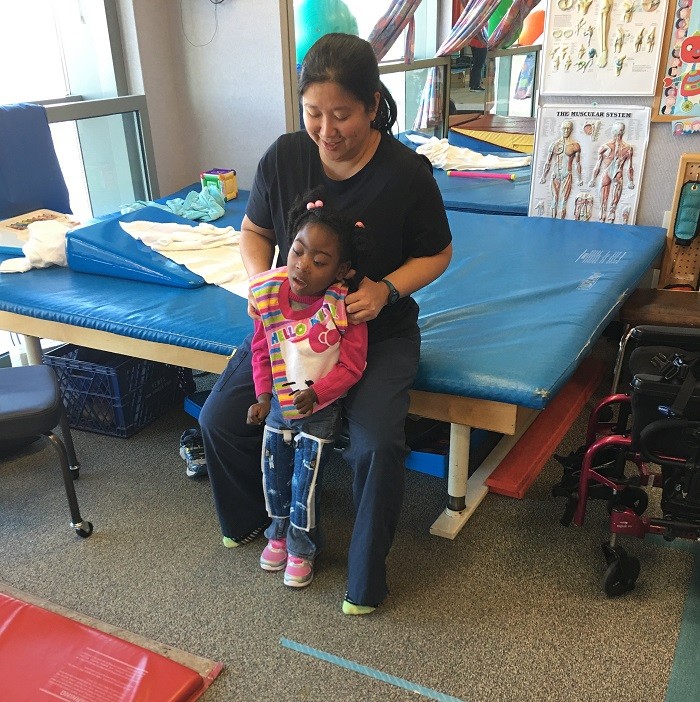
Is there a financial side to this kind of progress and support?
Zoë’s future health and happiness are dependent on costs that insurance doesn’t fully cover. In fact, insurance doesn’t fully cover most of Zoë’s needs.
Zoë takes daily medications to survive that aren’t fully covered by insurance. Every aspect of her daily life is impacted in some way by her CP diagnosis, and so many aspects come with an out-of-pocket cost.

Insurance does not cover: all of her therapies; her specialty adaptive equipment; adaptive clothing or shoes; bibs; diapers; wipes; an activity chair; bathing equipment; an accessible vehicle; specialty camps; schooling; or even toys—a way for Zoë to enjoy her childhood just like every other kid.

Why did you start fundraising with Help Hope Live?
I chose Help Hope Live through word-of-mouth from another parent facing similar obstacles. Upon further research, I found that Help Hope Live has assisted thousands of families just like mine with so much care, concern, and support.
There are a lot of other innovative solutions out there that could make Zoë’s life easier and more fulfilling. However, she doesn’t currently have access to them because we can’t afford them. Insurance will only cover the basic and bare necessities, leaving Zoë with unmet needs.

Reaching our fundraising goal will mean being able to continue all of Zoë’s therapies and give her even more comfort and support within our home and family.
Community support goes beyond financial help. I am the only adult in my household raising two kids with significant medical needs and two toddlers. It’s hard, and sometimes it feels like our family is experiencing one catastrophe after another.
There are times when Zoë spends weeks or months at a time in the hospital. Those are the toughest times for our family, because I’m not able to be there to take care of everything for my other children. That is when those around me step in, whether that is providing rides to school or a home-cooked meal, or just an outing so that the other kids can take their minds off what is going on.

The emotional support of my community gets us through the hardest days, weeks, and months.
Life is a journey—and I am so grateful to my community and Help Hope Live for being a part of our family’s journey.
What do you wish the public understood about you and Zoë?
Families like ours are impacted by mobility and accessibility issues everywhere we go. We always have to make sure that a location is wheelchair accessible. I feel it’s my responsibility to raise awareness and fight for Zoë and others like her who aren’t able to fight for their own rights and inclusion. We can all join together to fight for inclusion and accessibility for all.
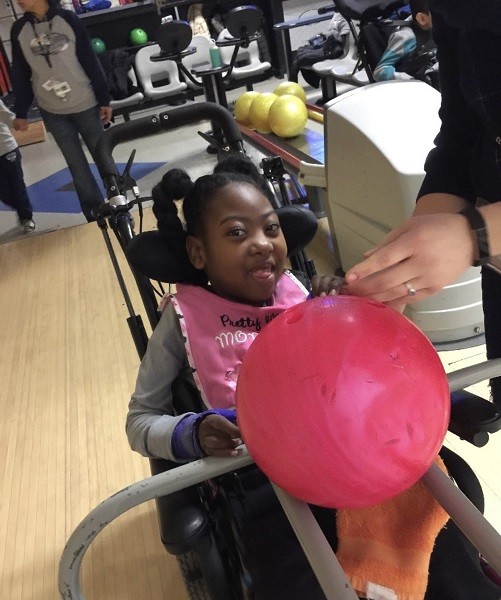
I wish people knew that while she may look different on the outside, on the inside, Zoë is just like you. She is thoughtful, energetic, and understanding.

What does the word “hope” mean to you?
Hope means everything to me. It’s what keeps me going when things seem impossible, as they often do.
Hope is the light that shines in my daughter’s eyes that tells me to keep going and never quit.
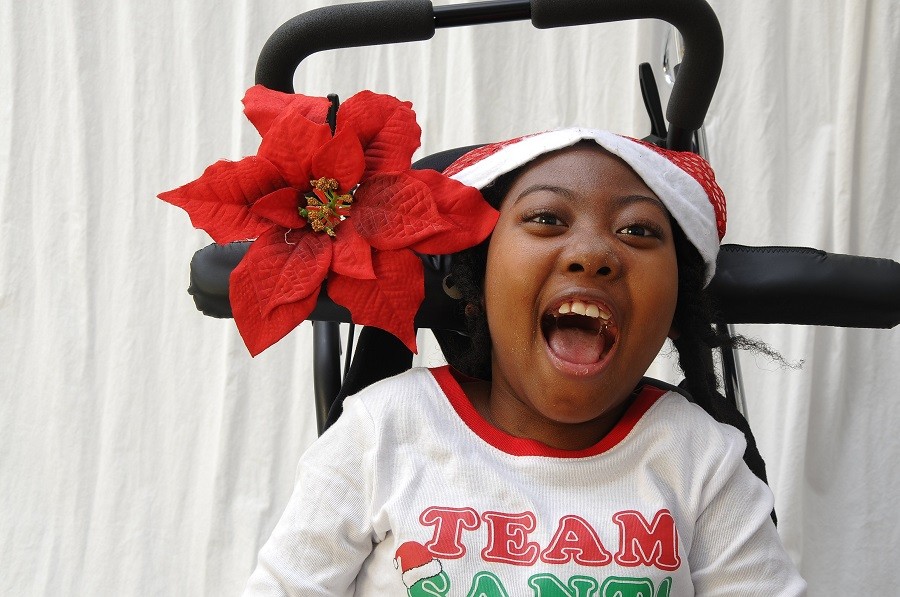
Be a part of Sierra and Zoë’s journey by visiting helphopelive.org and the Zoë’s Village Bonfire campaign.
Written by Emily Progin